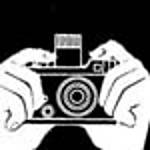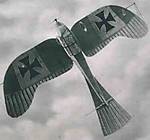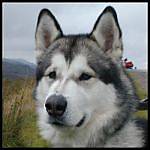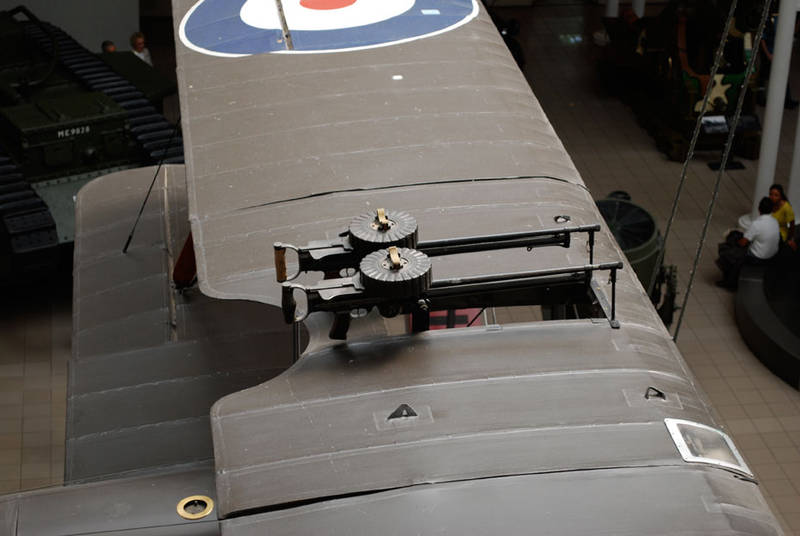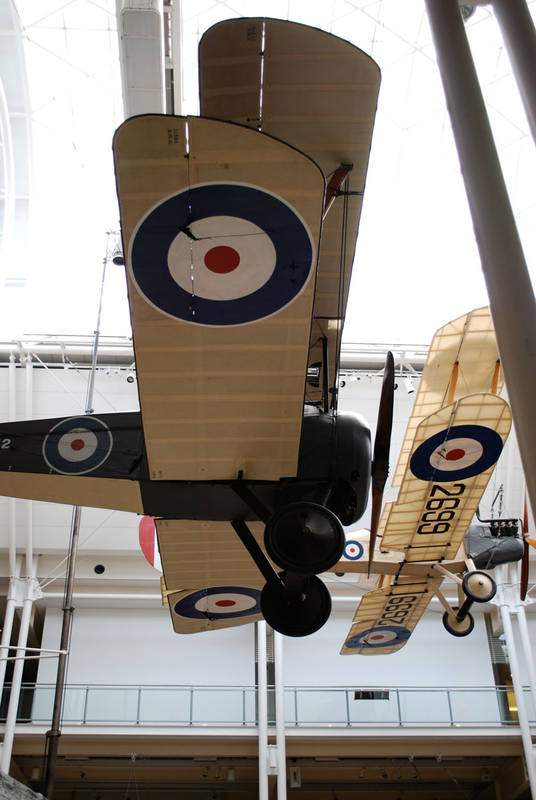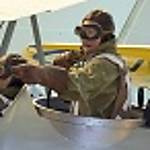Representing internal wing rib preshading on CDL areas is fine. But IMHO on overpainted upper surfaces it is fantasy. All you would have in these areas is raised areas highlighted by sun or surface exhaust residue. The factory or in the field applied coat of paint would not be translucent enough to show interior shadowed areas.
Now having said that, We also must understand that dark areas tend to show up when the overall paint coating starts to wear thin due to in service usage and weather exposure. This is due to the dope and varnish being locked in to the fabric strips that were applied before the fabric covering was sewn and nailed in place. The lose of pigment from the flexible surrounding areas tends to show the ribs and spars up in darker pattern. Note the image below from Rosebud's website. This bird has clearly undergone some repainting, repair work on the upper wing outer panel. But note the original center section.

Again, factory painted upper wing surface will start to show dark areas on the ribs and spars when - the overpainted areas are subject to age, in the field paint consistancy variations, and in service weather exposure.
In this case the covering looses its opaque(solid or uniform)colouring as the paint wears off. The dark aras are due to the dope being locked into the second layer of fabric strips that were attached to the ribs and spar faces. These were attached before the fabric covering was attached doped and varnished and painted.








